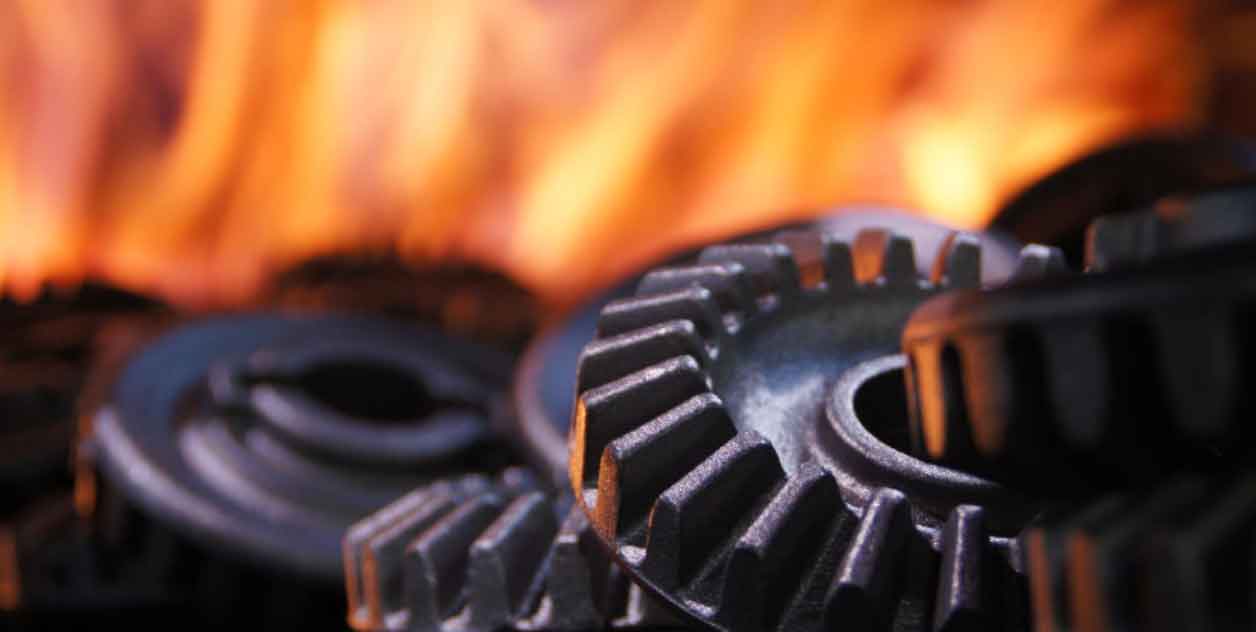
Gear forgings are the result of a complex manufacturing process that transforms raw materials into high-performance gears. This process involves various stages, including material selection, pre-forging preparation, forging, heat treatment, and finishing. Understanding the journey from raw material to high-performance gears is essential to appreciate the quality and reliability of gear forgings. This article provides an overview of the key stages involved in the production of gear forgings.
I. Material Selection:
The first step in creating gear forgings is selecting the appropriate material. Factors such as strength, durability, machinability, and cost are considered during material selection. Common materials used for gear forgings include alloy steels, stainless steels, and carbon steels. The chosen material should possess the necessary properties to withstand the specific application’s requirements, such as load capacity, fatigue resistance, and wear resistance.
II. Pre-Forging Preparation:
Before the forging process, the raw material undergoes pre-forging preparation. This includes heating the material to an optimal temperature to improve its formability during forging. Heating is typically done in a controlled atmosphere to prevent oxidation or scale formation. Pre-forging preparation ensures that the material is in the ideal condition for deformation and shaping.
III. Forging:
Forging is the central stage in the production of gear forgings. It involves the application of compressive forces to shape the heated material into the desired gear configuration. There are different forging methods, including open-die forging and closed-die forging, each offering unique advantages depending on the complexity and size of the gear. During forging, the material is subjected to controlled deformation, which refines the grain structure and imparts the desired mechanical properties.
IV. Heat Treatment:
Heat treatment is a crucial step to optimize the mechanical properties of gear forgings. It involves carefully controlled heating and cooling processes to achieve the desired hardness, strength, and toughness. Common heat treatment methods for gear forgings include quenching, tempering, carburizing, and nitriding. Heat treatment enhances the wear resistance, fatigue strength, and overall performance of the gear forgings, ensuring they can withstand the demanding operating conditions.
V. Finishing:
After heat treatment, gear forgings undergo finishing processes to achieve the final dimensions, surface finish, and tooth profile accuracy. Machining operations such as milling, grinding, and hobbing are employed to refine the tooth profiles and create precise gear geometries. Finishing also includes processes like shot blasting or surface treatments to enhance the gear’s appearance and corrosion resistance.
VI. Quality Control:
Throughout the production process, rigorous quality control measures are implemented to ensure the integrity and reliability of gear forgings. Non-destructive testing techniques, such as ultrasonic testing and magnetic particle inspection, are used to detect any internal defects or discontinuities. Dimensional inspections, hardness testing, and material analysis are also conducted to verify compliance with specified standards and customer requirements.
VII. Post-Forging Machining (Optional):
In some cases, additional machining operations may be required after forging to achieve specific gear tolerances or features that cannot be achieved through the forging process alone. Post-forging machining is performed with precision equipment to refine the gear’s dimensions and tooth profiles according to the design specifications.
The production of gear forgings involves a carefully orchestrated series of stages, from material selection to post-forging machining. Each step contributes to the transformation of raw materials into high-performance gears. Through material selection, pre-forging preparation, forging, heat treatment, finishing, and quality control, gear forgings are created with exceptional strength, durability, and reliability. By understanding this process, manufacturers can appreciate the craftsmanship and engineering behind gear forgings, leading to the development of high-quality gears for various applications.
